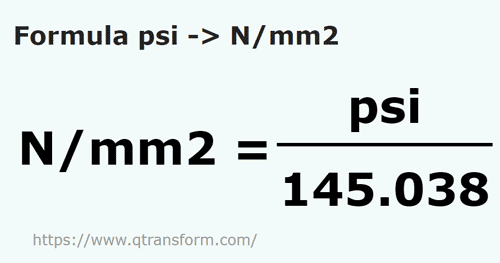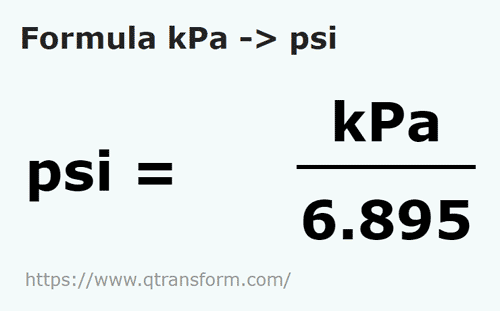

#201325 pascal to psi free
To illustrate the applicability of the obtained 62Zn, the isolated product was used in free and DTPA-labelled form in a proof of principle plant uptake study with garden cress employing phosphor imaging for visualization.
#201325 pascal to psi generator
With the decay of 62Zn the radioactive daughter 62Cu is generated, and with the isolation of pure 62Cu eluate, the principle of a medical radionuclide generator could be demonstrated. The purification of 62Zn from a large number of co-produced radionuclides was performed by anion exchange chromatography, allowing the isolation of 80.5(5.2) % of the generated 62Zn. In addition to the production rate for 62Zn (9.08(30)E-5 62Zn per more » incoming 78Kr), the rates of formation for several other radionuclides were determined as well. Here in this paper, we present the collection of 62Zn from an aqueous matrix irradiated with a 150 MeV/nucleon 78Kr beam, while synergistically capturing other gaseous reaction products. Ongoing exploratory work at the National Superconducting Cyclotron Laboratory (NSCL) is directed towards the production and extraction of rare radionuclides from a flowing-water target and intends to pave the way for future harvesting efforts at the upcoming Facility for Rare Isotope Beams (FRIB). “Isotope harvesting” is a technique that offers access to exotic radionuclides created as by-products during nuclear science research.


Furthermore, this rate was used to extrapolate the lifetime of future isotope harvesting targets at the NSCL and FRIB, using the areal power density of different ion beams to scale the corrosion rate. Using a simple, beam intensity dependent model, a corrosion rate of 1.5E-6 μm/(μA*s) was found to match the measured radiotracer activities at various points in the irradiation. Radionuclides formed in the target shell were measured in the system more » water as a radiotracer for target degradation. Radiolysis products, such as H 2O 2, H 2, and O 2, were measured in the bulk water of the system and found to be present at much lower levels than predicted by literature escape yields.
The beam reached an intensity of 34 ♚ by the end of the irradiation and covered an area of 0.7 cm 2 on the target.
#201325 pascal to psi Offline
Here, the suitability of the constructed system for the anticipated radionuclide harvesting project was demonstrated by offline tests and under irradiation with 140 MeV/u 48Ca 20+ ions at the NSCL Coupled Cyclotron = ,Ī high intensity proton irradiation was performed with the flowing-water isotope harvesting target at the University of Wisconsin-Madison Cyclotron Laboratory to measure the rate of degradation of the target shell during irradiation conditions. To limit the levels of radiolytically produced hydrogen peroxide, a stainless-steel based degradation system was designed and implemented. The system includes analytical instruments for online measurements of conductivity, dissolved oxygen, temperature, pressure and for detection of radiolytic products. The water which flows through the beam blocker functions as an isotope production target and concurrently transports the newly formed radionuclides to collection sites. Herein we present a beam blocker and an isotope harvesting system which allows collection of a wide variety of aqueous and gaseous radionuclides. Ongoing exploratory research at the National Superconducting Cyclotron Laboratory (NSCL) with an analogous beam blocker aims towards obtaining the necessary radiochemical expertise for this endeavor. At the Facility for Rare Isotope Beams (FRIB), a multitude of short- and long-lived radionuclides will be collected in a synergistic manner by dumping unused beams into a flowing-water beam stop. Harvesting isotopes from beam stops and other activated materials at accelerator facilities is a promising source of environmentally, scientifically and socially important radionuclides.


 0 kommentar(er)
0 kommentar(er)
